Doolittle Raid: America's WWII attack on Tokyo
The Doolittle Raid was a 1942 bombing operation against Japan's capital, in retribution for the Pearl Harbor attack.
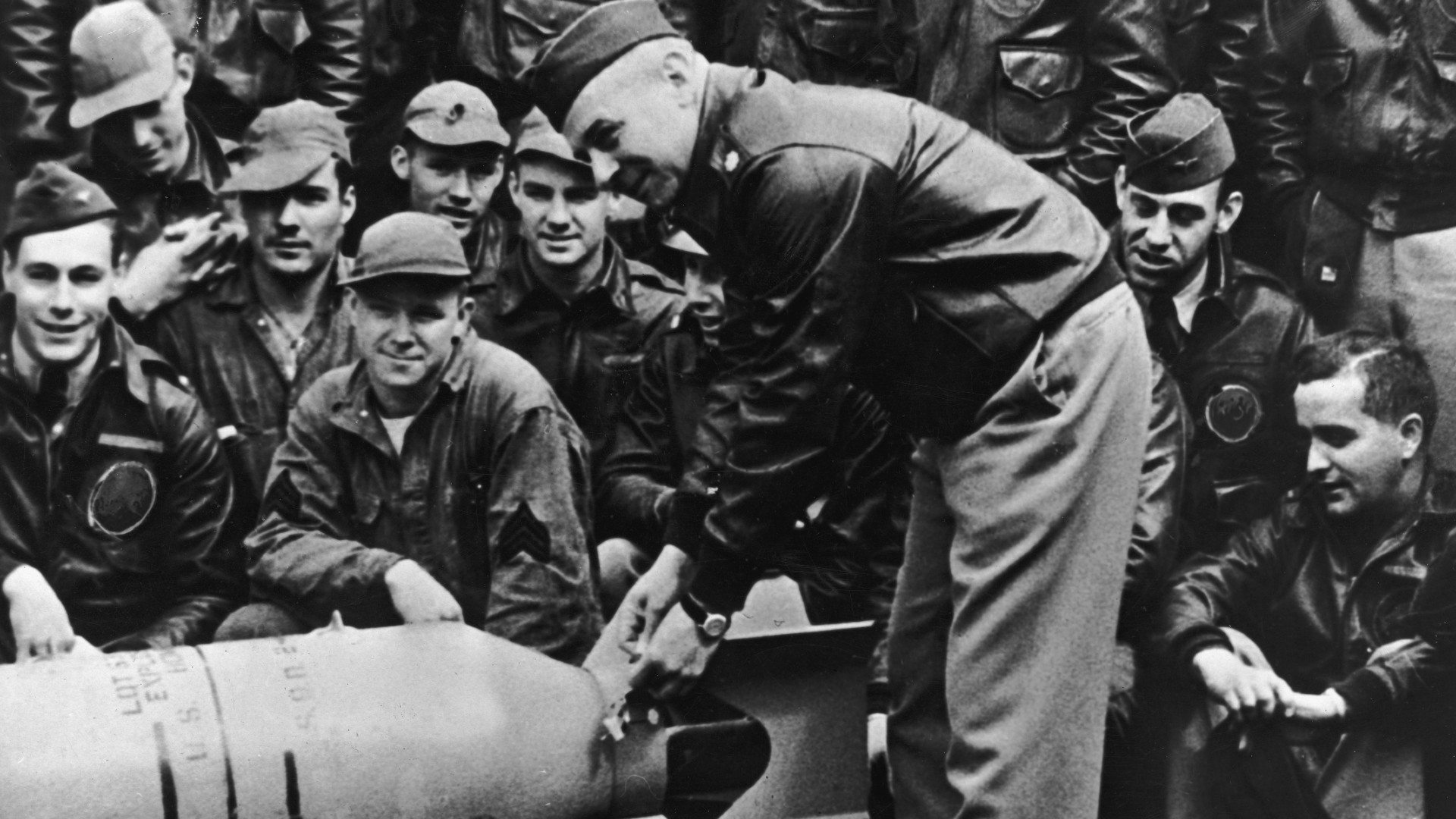
The Doolittle Raid was a bombing attack carried out by the U.S. Army Air Forces (USAAF) against Tokyo during World War II. On April 18, 1942, 16 carrier-based U.S. bombers struck the Japanese capital city, taking off from the flying deck of the U.S.S. Hornet.
The Doolittle Raid was conceived, planned and executed within five months of the Japanese attack on Pearl Harbor in Dec. 1941, which brought the U.S. into World War II. It was a large morale boost to the American public and a shock to the Japanese, who had not anticipated U.S. bombers could reach mainland Japan.
Background to the Doolittle Raid
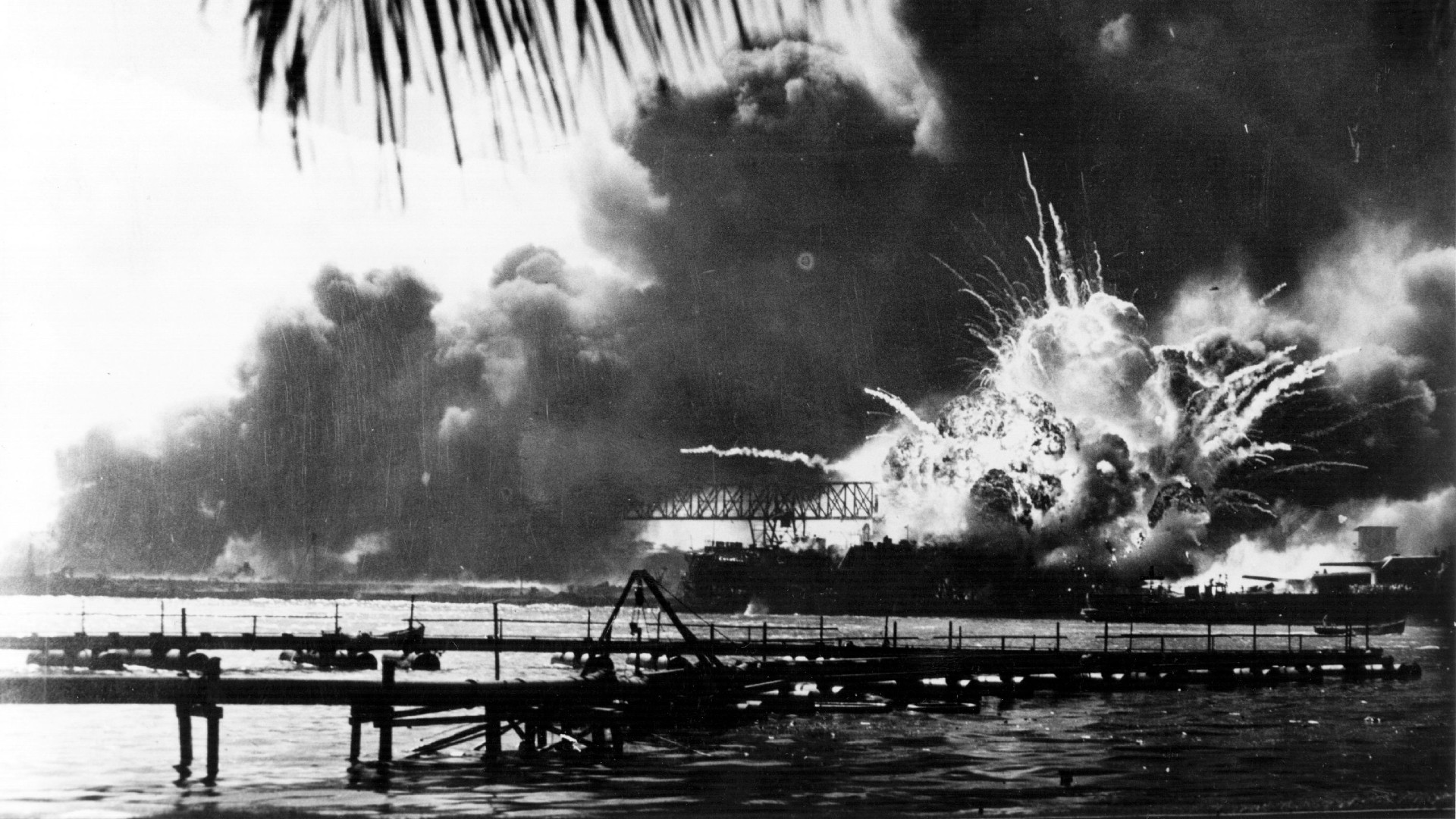
The Doolittle Raid was carried out in response to a string of Japanese victories during the early months of the Pacific War. Following Pearl Harbor, the Japanese had seized Wake Island, Guam, and the Dutch East Indies. Japanese forces were surging across the Philippines, and advancing on all fronts. The Doolittle Raid was intended to bolster American morale and to strike a blow against the Japanese, according to the US Department of Defense.
President Franklin D. Roosevelt expressed his personal interest in bombing Japan early in the Pacific War, according to The White House. However, the distance involved in crossing the expanse of the Pacific Ocean and the risk to U.S. military assets made the prospects for such an attack seem remote.
Nevertheless, Captain Francis S. Low, who was operations officer to the commander-in-chief of the U.S. Navy, proposed that USAAF bombers could be launched from the deck of an aircraft carrier to strike the Japanese home islands, according to the U.S Naval History and Heritage Command (NHHC).
Planning the raid
A joint Army-Navy task group was detailed to work out a plan for the raid, according to NHHC. Volunteer pilots and crewmen would be recruited to fly U.S.A.A.F. bombers from an aircraft carrier and bomb the Japanese capital city of Tokyo along with the nearby industrial centers of Nagoya, Osaka, Yokohama, Yokosuka, and Kobe.
The aircraft could carry only enough fuel to reach the targets from an optimal range of approx. 400 miles (643km) off the Japanese coast. The raiders would complete their bombing runs against industrial targets in the cities and then fly on to land at friendly airfields in China. There would be no return flight or recovery aboard the aircraft carrier.
Get the world’s most fascinating discoveries delivered straight to your inbox.
Along with the B-25 Mitchell medium bombers, a typically land-based aircraft, 24 crews, each of five men, were chosen to train and potentially execute the raid. These crews were detailed to Eglin Air Base, Florida, for intensive training during March 1942.
Navy pilots demonstrated carrier takeoff and landing procedures, and the Army aircrews practiced on a stretch of runway painted to simulate a carrier flight deck, only 500 feet (152 meters) long. The B-25s were stripped of most of their armament in order to carry modest bomb loads, including three 500-pound general purpose bombs and a single incendiary bomb cluster, along with as many containers of reserve aviation fuel as possible.
Jimmy Doolittle
The raid was led by experienced pilot Lt. Col. Jimmy Doolittle.k. Doolittle was a 45-year-old former bantamweight boxer, oil company executive, mining engineer, veteran of World War I, and a pioneer aviator, according to Benjamin W. Bishop's book "Jimmy Doolittle The Commander Behind the Legend" (Air University Press, 2015).
Doolittle had served as a flying instructor during the Great War and performed as a stunt pilot during the 1920s. According to Bishop, he was also an air racer, competing for the prestigious Schneider Trophy against international aviators, winning the Bendix Trophy in 1931, and in the same year capturing the Thompson Trophy in a Cleveland, Ohio, competition while setting a world speed record of 252.68 miles per hour (407km/h) piloting the 800-horsepower Gee Bee Super Sportster plane.
Doolittle had remained in the Army Air Corps reserves and was called to active duty in July 1940 with the rank of major. Prior to the planning for the bombing raid on Tokyo, he toured British Royal Air Force installations in Europe and Asia. He was promoted to lieutenant colonel in Jan. 1942 and soon tapped to lead the raid.
"It had three real purposes," Doolittle later told an interviewer. One purpose was to give the folks at home the first good news that we’d had in World War II. It caused the Japanese to question their warlords. And from a tactical point of view, it caused the retention of aircraft in Japan for the defense of the home islands when we had no intention of hitting them again, seriously in the near future. Those airplanes would have been much more effective in the South Pacific where the war was going on," according to the National Museum of the United States Air Force(NMUSAF).
Training and execution
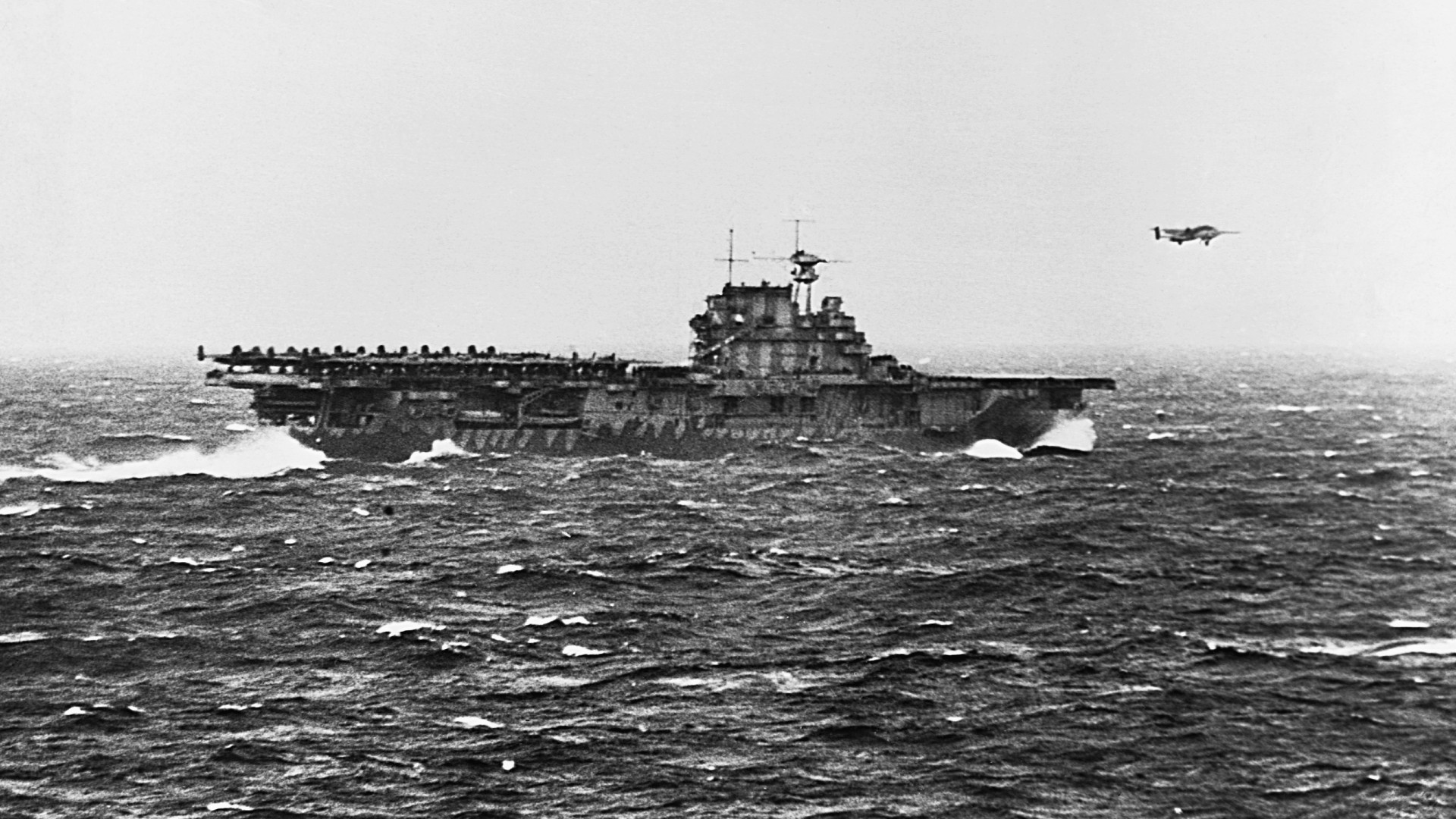
After training, 16 aircrews were chosen for the historic mission, and on April 1, 1942 they boarded the aircraft carrier USS Hornet at the Alameda Naval Air Station in San Francisco Bay. The B-25s were lashed to the carrier deck, as they were too large for stowage on the hangar deck below. Two days later, Hornet put to sea, sailing beneath the iconic Golden Gate Bridge and into the Pacific.Hornet was joined by an escort of two cruisers, four destroyers and a fleet oiler.
Only after boarding Hornet . Doolittle addressed them: "For the benefit of those who have been guessing, we are going to bomb Japan. The Navy will get us as close as possible, and launch us off the deck." He asked if any of the men wanted to opt out of the hazardous mission, and none did, according to the Warfare History Network.
On April 8, a second U.S. Navy task force steamed out of Pearl Harbor, headed for a Pacific rendezvous with Hornet and her consorts. The aircraft carrier U.S.S. Enterprise, two cruisers, four destroyers and another oiler, met the Hornet group in the open sea on April 13, and the combined Task Force 16 headed for enemy waters.
At 7:38 a.m. on April 18, Task Force 16 was approximately 650 miles off the Japanese coast. In the morning mist, a 70-ton Japanese patrol boat, No. 23 Nitto Maru, was sighted on the horizon. No doubt, lookouts aboard the vessel had seen the large American task force and were busy alerting higher command in Japan. Immediately, the light cruiser U.S.S. Nashville went to battle stations and engaged the enemy, sinking the patrol boat with gunfire and then pulling 11 survivors out of the water.
The Americans were on the horns of a dilemma. They had been discovered but were unsure as to whether the warning from Nitto Maru had reached Tokyo and even then if the Japanese would take further action. The options were to abort the mission and sail away, or launch the B-25s immediately, from a distance 200 miles further from Japan and ten hours earlier than planned. They chose the latter course of action, according to NHHC.
The raid begins
At 8:20 a.m. on April 18, 1942, Lieutenant Colonel Doolittle revved the twin engines of the first B-25 bomber to launch from Hornet. He gained speed as the plane roared down the pitching flight deck. The B-25 dipped precipitously toward the wavetops and then clawed its way into the air, ocean spray whipping in all directions. One by one, the other B-25s followed. They formed up amid low clouds and then headed for Japan at 225 miles per hour, their throttles leaned to conserve fuel.
The American planes flew low and hugged the Japanese coastline after making landfall. Flying over Honshu, the largest of the home islands, they climbed to 1,200 feet in clear skies as they neared their target cities. The airmen were under specific orders to avoid dropping their payloads on the Imperial Palace, the residence of Emperor Hirohito , or any civilian targets such as schools, markets, hospitals or residential areas.
As the American bombers swept over the suburbs of Tokyo, surprise was complete. As they played in schoolyards, children waved at the low-flying planes. Crowded streets bustled with activity, and civilians took virtually no notice of the few aircraft, thinking they were friendly. Air raid drills were common, as were military exercises, so they went about their business.
Doolittle and his fellow airmen hit targets at Tokyo, Yokosuka, Yokohama, Kobe, and Nagoya, according to the NHHC. Air defense was nearly non-existent. A few bursts of anti aircraft fire were fired, and fighters were scrambled late on, but were ineffective.
"Some accounts of the raid claim that Doolittle’s planes attacked civilian areas. "Although the targets were military and industrial, there was collateral damage," wrote Rear Admiral Samuel J. Cox, U.S. Navy (Retired), director of the NHHC. Cox states that a school, hospital and residential areas were accidentally "strafed", killing 87 and wounding 151 civilians.
The perilous passage
The American bombers had been scattered during the raid and tried to regroup as best they could en route to Chinese airfields. The crewmen particularly hoped to reach the landing strip at Chuchow in Guangdong Province, about 1,600 air miles (2,963km) from Tokyo, and avoid Japanese troops on the Asian mainland. Bad weather forced the B-25 pilots to fly low at first, some descending to 600 feet (182 meters) before opting to climb into the murky clouds and continue on instruments.
As the Americans reached the Chinese mainland, their fuel tanks were nearly depleted after 13 hours in the air, and Chuchow could not be raised on their radios. Crucial minutes slipped away, and several pilots were compelled to ditch in coastal waters or crash land. One plane landed at an airfield in Vladivostok, in the Soviet Union, and its crew was interned for the duration of the war.
"When you do a bombing mission, you like to bring your airplanes home," remembered Doolittle, who parachuted to earth in a soggy rice paddy. "I had scattered mine all over different parts of China." Doolittle told a member of his crew, according to the LA Times. "You know what’s going to happen? I'll be put in Leavenworth Prison for having missed the mission."
Only one of the 80 airmen involved was killed during the surprise raid, while eight men were captured by the Japanese. After a show trial in China, these prisoners were transported to Tokyo, where three were beheaded and one died in prison. The Japanese had conducted a three-month search for American personnel, brutalizing the Chinese populace and killing thousands while torching villages.
The remaining Doolittle Raid survivors found their way out of China, aided by friendly farmers and townspeople along the way. They traveled in secrecy and several narrowly avoided capture while attempting to reach Chungking, the wartime Chinese capital. Doolittle went on to hold high command in the U.S. Army Air Forces during World War II, including command of the Eighth Air Force in England.
News of the Doolittle Raid was not immediately made public. However, President Roosevelt awarded the Distinguished Flying Cross to 79 of the airmen. Doolittle, to his great surprise, received the Congressional Medal of Honor . When the President finally acknowledged the raid publicly, he was asked where the attacking bombers had come from. Roosevelt grinned and replied, "Shangri-La!" in reference to the mythical realm in author James Hilton’s best-selling novel "Lost Horizon" (Harper Perennial, 2012).
The Japanese response
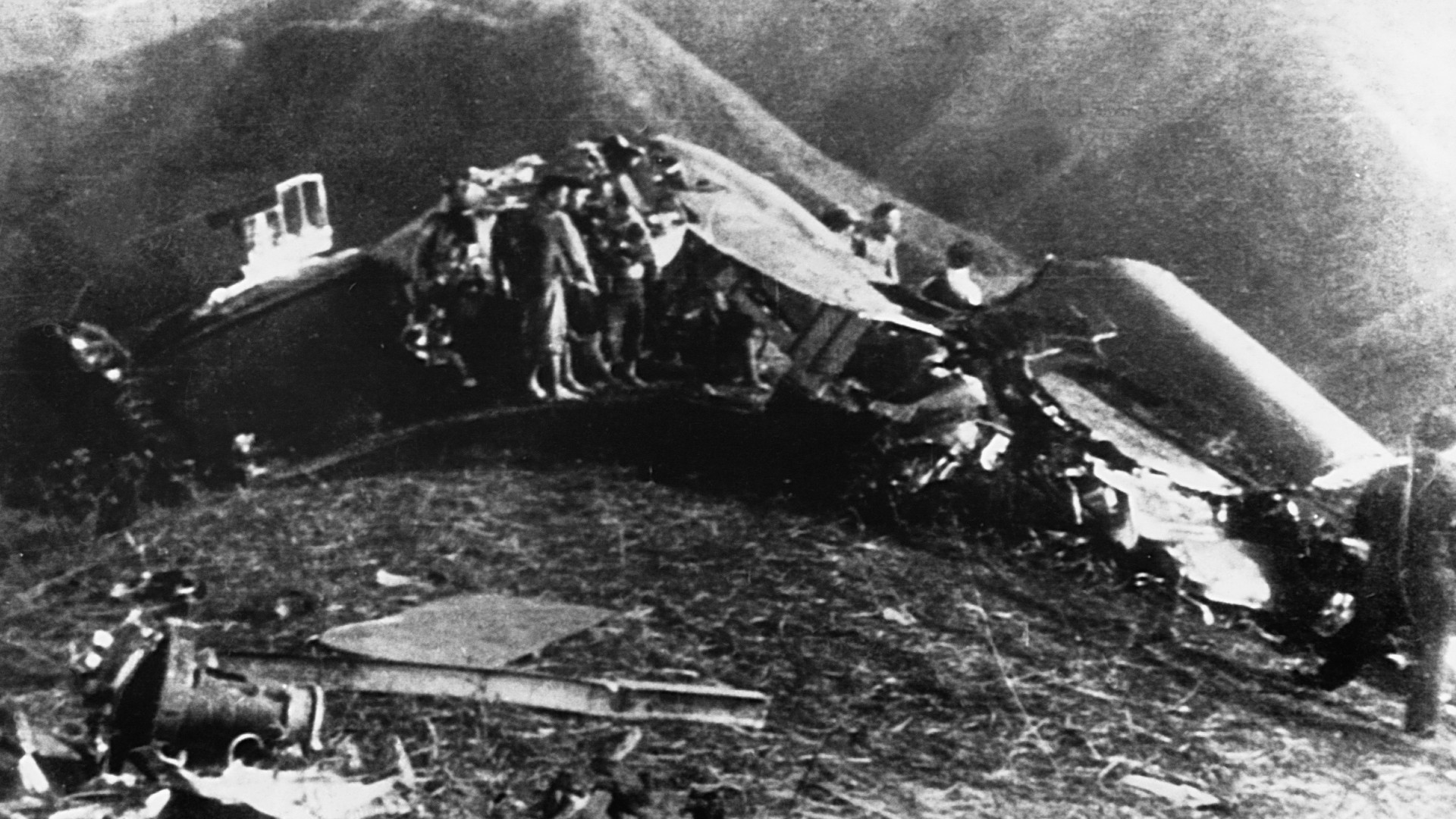
To the Japanese military and political hierarchy it had become abundantly clear that the island nation was not impregnable and might be attacked again from the air. The decision was made to extend the Japanese defensive perimeter further across the expanse of the Pacific.
Admiral Isoroku Yamamoto , commander of the Imperial Japanese Navy’s Combined Fleet according to History.com, hastily devised plans to seize Port Moresby, at the southeastern tip of the island of New Guinea, and threaten Australia. Then, he intended to rapidly move against the American base at Midway Atoll, 1,100 miles (1,770km) from Hawaii.
In both instances, the Japanese were defeated, first in the Battle of the Coral Sea in May 1942 according to History.com, and then in the epic Battle of Midway the following month. Japanese losses at Midway were shattering, and the defeat of the Imperial forces is considered the turning point of World War II in the Pacific.
The strategic consequences of the Doolittle Raid were far greater than the tactical damage done by the few American bombs. Japanese ambitions in the Pacific were suspended for a defensive posture that ultimately led to their defeat.
Additional resources
The Smithsonian Magazine has an article on the Japanese response to the Doolittle raid which can be read here. The United States Air Force has a page on Harold Doolittle.
Bibliography
- US Department of Defense
- The White House
- Naval History and Heritage Command (NHCC)
- Eglin Air Base, Florida
- Benjamin W. Bishop book "Jimmy Doolittle The Commander Behind the Legend" (Air University Press, 2015)
- National Museum of the United States Air Force
- Naval History and Heritage Command
- Steve Wilstein "Jimmy Doolittle Turns 90 : The Man Who Tweaked Japan’s Nose" LA Times, 1986
- Distinguished Service Cross
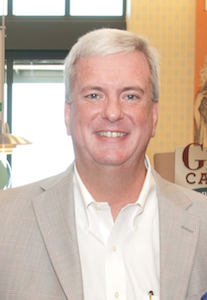
Michael E. Haskew, who has been studying military history for more than 25 years, is the Editor of WWII History magazine and The World War II Desk Reference with the Eisenhower Center for American Studies. He is also the author of several books, including the "West Point 1915: Eisenhower, Bradley, and the Class the Stars Fell On," "Appomattox: The Last Days of Robert E. Lee's Army of Northern Virginias," and "Tank: 100 Years of the World's Most Important Armored Military Vehicle."
- Callum McKelvieFeatures Editor


